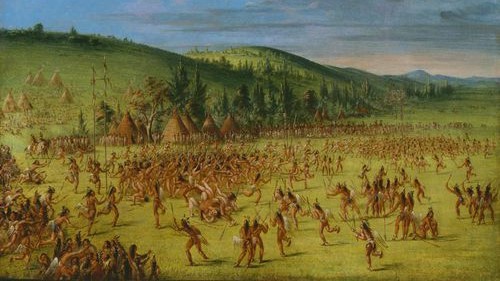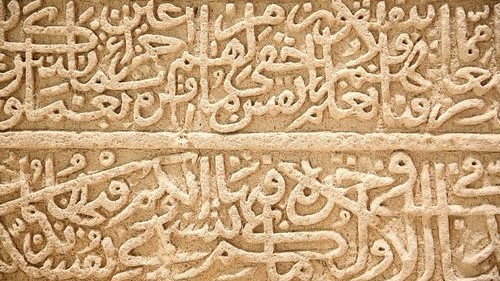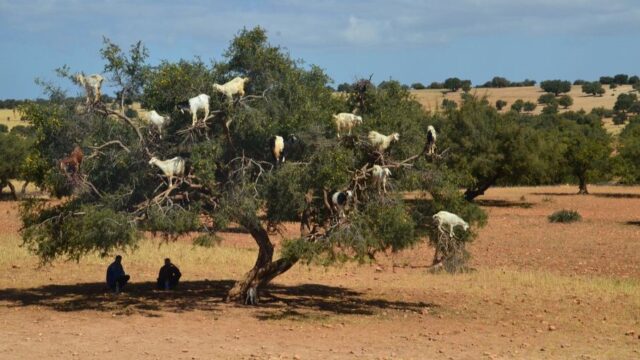For generations, the Choctaw, an Indigenous people from the southeast area of the United States, have kept the tradition of one sport alive. That sport is stickball, called kapucha or ishtaboli in the Choctaw language. It is part of a larger tradition of stick-and-ball games that are popular with Indigenous peoples throughout the southeastern United States. For the Choctaw, stickball is more than just a sport or way to pass the time. It has a long history of cultural importance, and it is still played and enjoyed today by Choctaw people.
Any number of players can participate in a Choctaw stickball game. Some games have been recorded as having several hundred players on each team! As long as both sides have an equal number of players, the size of the teams does not matter. In modern Choctaw stickball, a maximum of 30 players from each team can play on the field at a time. The more people playing stickball, the larger the field, or atoli, that the game is played on. Some Choctaw stickball games have been played on fields that were miles long! At each side of a stickball field is a goalpost. Players win points by getting the ball to touch or hit their opponents’ goalpost.
To score goals, each player uses two sticks to throw and catch a small, hard ball. The two sticks are different sizes. The larger one is thought of as the “male” stick by the Choctaw, and the smaller one as the “female” stick. These symbols of genders are part of the lesson about family that is at Choctaw stickball’s heart. In Choctaw tradition, the ball is often thought of as the “child” of the two sticks. The game of stickball is a teaching example for younger children about the different roles within a family. The two sticks work together to protect their child, or their legacy as a family. In this way, the game is about the importance of family lines and heritage. This family metaphor is just one way that stickball is culturally important to the Choctaw.
A stickball game is a major community event for Choctaw people. In the past, special preparations were made for these games. Often, Choctaw spiritual leaders would give players special herbs to cleanse their bodies before they played. Sometimes, Choctaw people would perform special dances before stickball games. Everyone in the community could participate in these dances. They were a way to show excitement and bring good luck to the players.
In the past, two Choctaw communities would sometimes organize stickball games as a way to settle arguments between them. On a few occasions, Choctaw communities played stickball against communities of other Indigenous peoples as a way to settle land disputes. One of the Choctaw names for stickball, ishtaboli, actually means the “Little Brother of War.” This is because the game served as an alternative to war in many cases. Sometimes, when two Indigenous peoples were fighting over an area of land, stickball was used to solve the argument. Instead of a bloody war that killed many people from both groups, the two groups would play an intense and meaningful game of stickball. So, although stickball today can be an entertaining and exciting game to play, it has historically been a consequential and serious game as well.
Today, stickball is still an important part of Choctaw culture. Stickball games are played at some major Indigenous gatherings in the United States. One of the biggest stickball games is played at the Choctaw Indian Fair in Mississippi every July. There, the World Series of Stickball takes place. It is a hugely popular event, drawing fans from around the region. Teams from different Indigenous peoples of what is now the southeastern United States all compete for the title of World Series Stickball champion. Stickball remains an exciting and significant way for Choctaw people to gather, compete, and celebrate their shared heritage.









